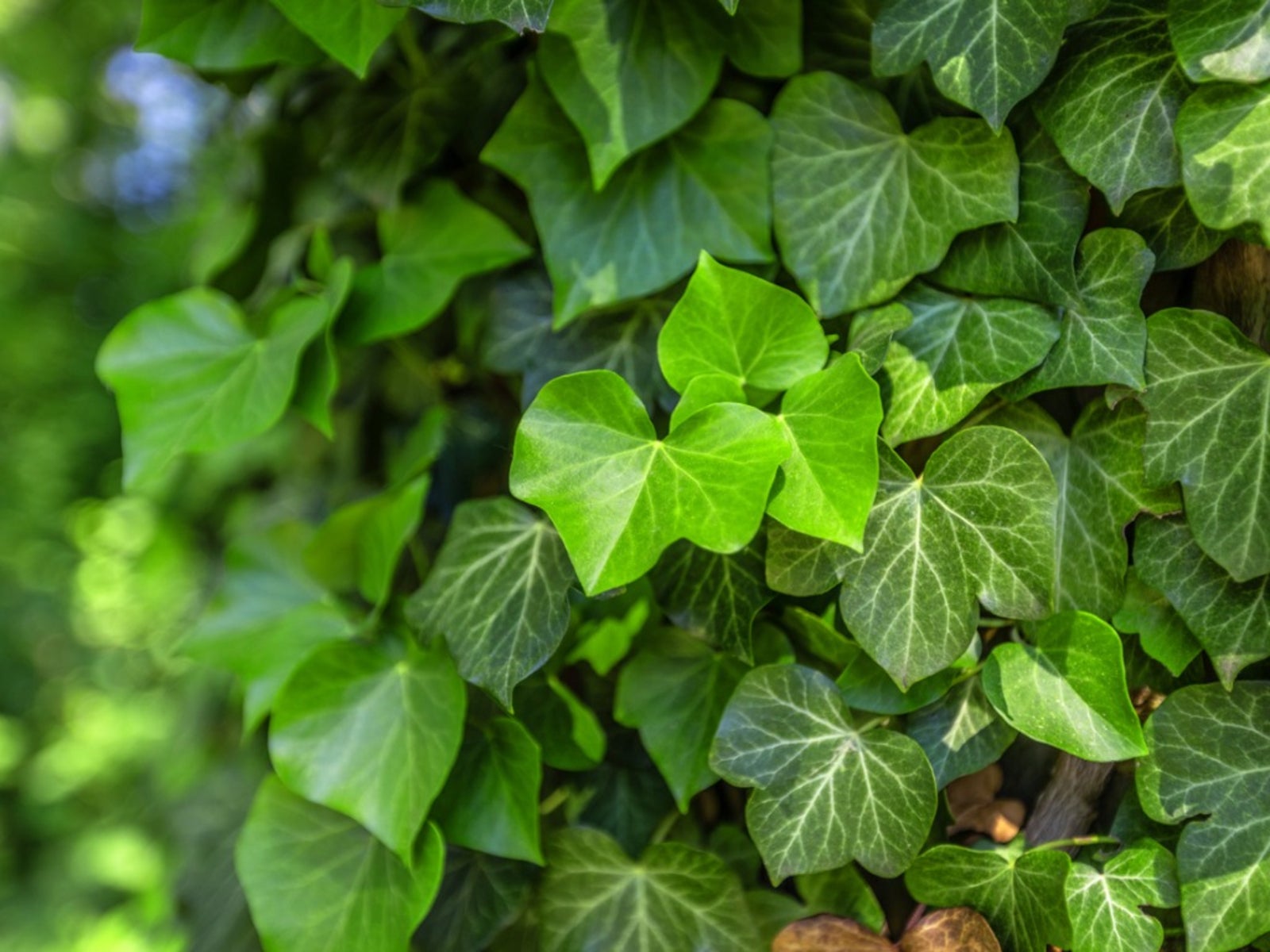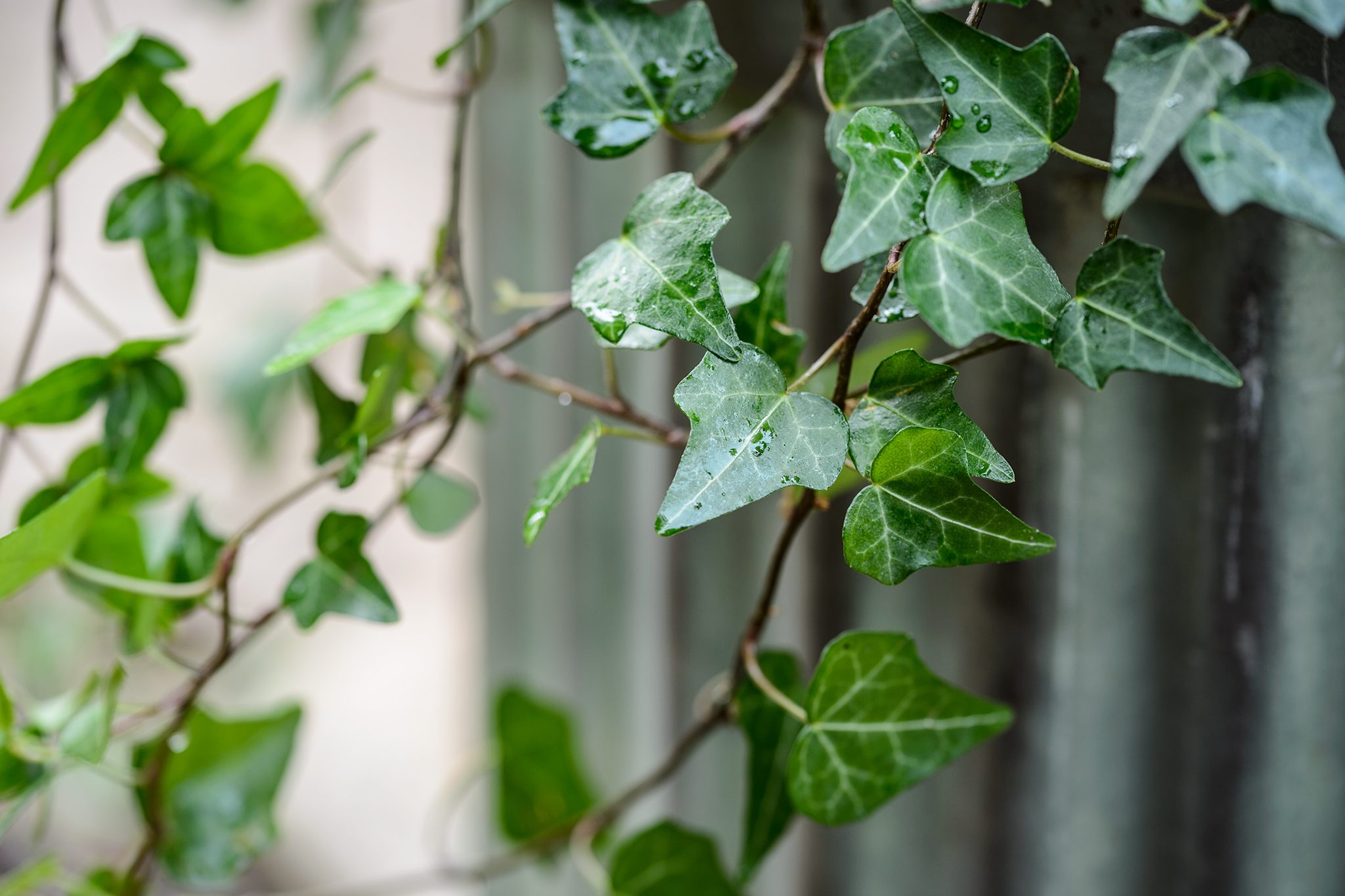If you want to know when is the best time to water an English ivy plant, how often should you water it, and whether it needs more or less water, read on. Before I go any farther, let me just say that these plants are low maintenance evergreens that prefer to trail and climb. These can simply be watered without risk of damage from overwatering. If you are growing ivy indoors or outdoors, you must adhere to a strict schedule in order to maintain them healthy. If the environment is right, it might flourish unlike any other plant.
Table of Contents
How Often Do You Water English Ivy?
Depending on the weather, where you are, and where you may have grown it, English ivy may need to be watered every two days. English ivy cultivated indoors need 4-5 days to dry the soil before you can water it; nevertheless, English ivy grown outside requires more frequent watering. Ivy grows best on its own after morning and evening watering, which is recommended.
English ivy prefers moist soil that is not overly wet or soggy. Dry leaves or water loss can attract spider mites, which can grow, infect the leaves, and even eat holes in them. If the infestation is severe, mix 50% rubbing alcohol with 50% water and spray it on the leaves to kill the spider mites, which won’t land on moist leaves.
English ivy demands water and should be watered three times every seven days. If the soil is excessively damp, ivy plants shouldn’t be watered. Always check the top 1-2 inches of soil with your fingertips to see if it’s dry; if it is, only water the English ivy. Timing is either in the morning or after sunrise.
These English ivy plants require water that is either constantly drunk or at least lukewarm to ideal room temperature. If you plant ivy indoors, be sure the temperature is not too warm as this necessitates additional watering as warm temperatures readily suck moisture from the soil. English ivy will grow more quickly in damp soil, and irrigation is the only thing that may make or break a plant.
Some individuals misjudge the English ivy by overwatering it. This causes the plant to shed its leaves, including yellow leaves.
If you leave this plant too dry, it won’t die, but if you leave it too moist, the roots and inner core of the plant will suffer. Therefore, be careful not to overwater, and if you do, try to wait a few days to see if the soil has dried or not.
English ivy has brown leaves when it receives too much water, which causes root rot. Ivy with too-wet roots may not provide enough nutrients because of the overflowing water. Thus, if you keep in mind my advice and put it into practice, you won’t have any trouble producing English ivy or any of its varieties.
plant characteristics
| Scientific Name | Hedera helix |
| Other Names | European Ivy, Common Ivy |
| Plant type | Evergreen |
| USDA Hardiness Zone | 4,5,6,7,8,9 |
| Flower Bloom Color | Yellow and White |
| Soil | Moist, not soggy |
What Does Ivy Mean: Spiritual Meaning, Flower Meaning
Elephant Ear Water Requirements – Know Everything
English Ivy Light Requirement
A bright area would be ideal for this plant because ivy plants thrive in indirect light.
Additionally, these do require some sunshine in order to develop green pigmentation and maintain the shade of dark hue in their leaves. Many individuals have success growing English ivy under fluorescent lighting. If the color of your ivy leaves changes, it may be due to inadequate lighting or a lack of light exposure in your location, which makes it difficult to prepare food and causes color loss and symptoms of inaccurate, uneven development.
Additionally, if you believe some of the leaves are too dark, simply rotate the pot to ensure that other leaves receive some light; otherwise, those leaves risk drying out and turning brown.
English Ivy Soil
For those who live in hotter climates, covering the top soil with mulch will prevent this plant from drying out. Another benefit of English ivy is that it can tolerate most types of soil, so you don’t need to look too hard. However, if you want the ideal soil, opt for a little acidic kind or use any gardening soil.
Ivy Plant Varieties
There are other additional ivy plant varieties:
The most well-known and popular kind is English ivy. Both indoors and out, bright light is ideal for its gorgeous growth (beneath the tree). The majority of the other variations are difficult to locate, and if you do, they would only be offered by internet retailers. Numerous kinds come from Asia, the continent of Africa, and certain European nations. All you have to do is decide on the variety, color, and appearance of the items you wish to buy. The majority of variegated varieties have big to medium-sized, thick leaves, making them suitable as wall or fence coverings. Variegated varieties come in colors including yellow, cream, white, gray, and black.
English Ivy Indoors
Indoors, English ivy can survive in bright to medium light sources. In the home, they require attention like as watering and fertilizer. English ivy’s capacity to drain well can be improved with good potting soil. At the very least, give an ivy plant two years of early indoor growth before moving it outside to continue growing. Although this plant grows more quickly in full daylight, I advise against exposing it to more than 2-3 hours of sunshine every day. For best health, place the plant in early sunlight.
Is English ivy good for indoors?
Even though English ivy can withstand medium light but not full sun, it can grow inside in indirect light. For a few hours, giving ivy the perfect amount of intense light will help it stay healthy and resist fungus. If they are excessively wet, you should give them water and constantly check the soil for dryness. Never pour water because it puts plants at risk. English ivy plants indoors can benefit from a few hours of bright indirect light because root rot is sometimes caused by indoor plants not receiving enough light to dry the soil.
English ivy is resilient and can flourish in both high and low light conditions. They only need enough water to meet their daily needs. Giving your English ivy plant light every third day in the morning, provided you don’t want it to grow too long, may also help it survive and speed up its growth.
How long does English ivy live indoors?
English ivy can grow to a height of more than 8 to 9 feet per year depending on the quality of the potting soil and the light source, and it can live for up to 2-3 years indoors. First and foremost, fertilizing your plant regularly during the growing season will promote faster development. In addition, if you give your plant a nice area to live that receives enough of light or add morning light that lasts until 11 am, no one will be able to stop English ivy from growing quickly.
If they receive full sun for longer than two hours, they require additional watering because the soil can dry out at any time from everyday sunshine. It will take longer to grow and may become leggy due to poor light if you position it in a shaded spot. By moving it to a decent partial light source, this can be fixed.
The only issue with English ivy plants indoors is light, which we don’t always have in the ideal location for. However, if you still have a suitable location with some light, then there is no need to worry because it can thrive indoors close to a window or balcony where there is a light source.
Final words
8 Reasons Why Hydrangea Leaves Are Falling Off (with Solution)
Blackening of Hydrangea Leaves: A Leaf Disease (With Solution)
Issues with the jade plant
Loss of Leaves on a Jade Plant (Reasons & Solution)



